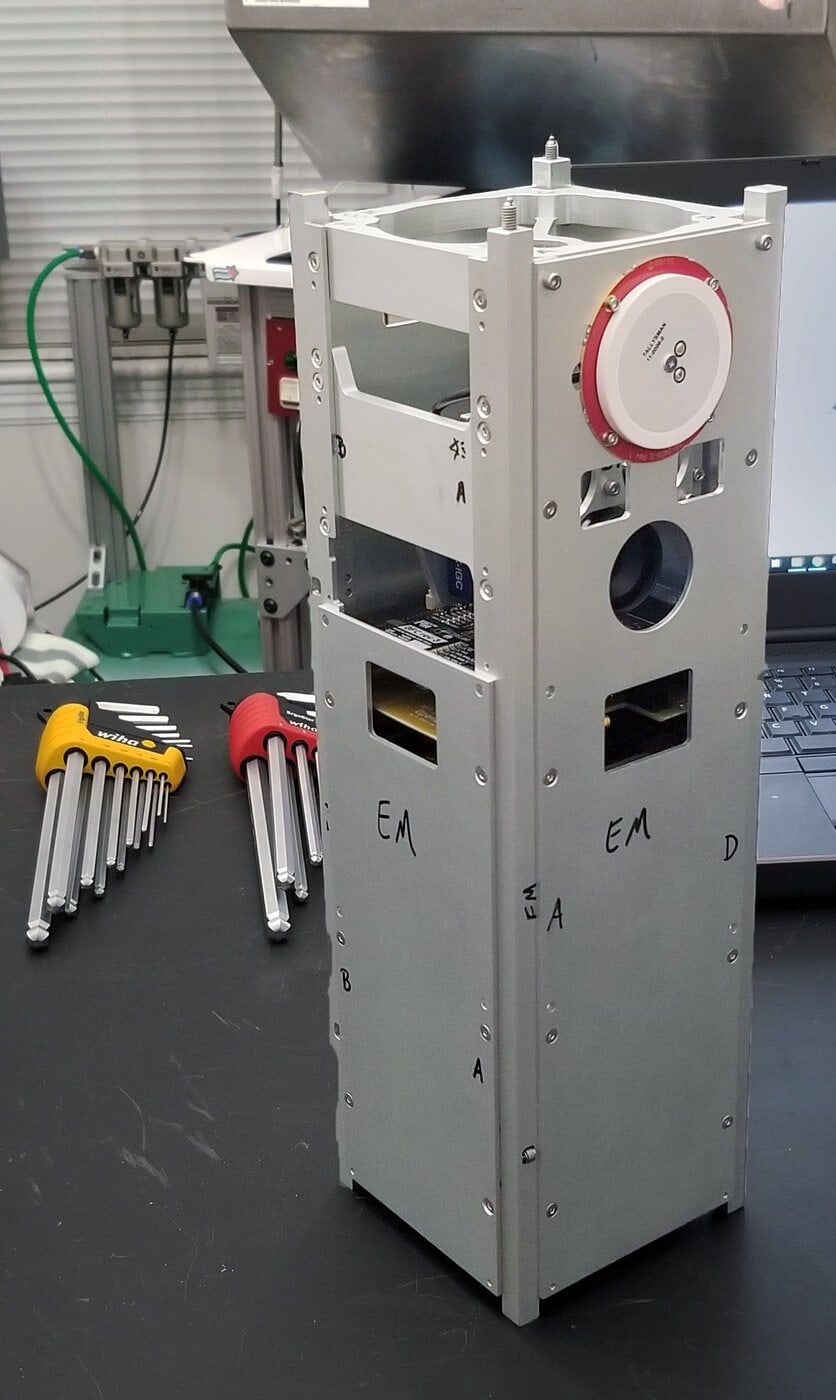It’s not every day we get the chance to work with brilliant students at the Massachusetts Institute of Technology. When MIT STAR Labs recently approached us with a world-changing project that fights climate change and launches satellites into space, we jumped at the challenge.
They gave us a tight deadline requirement for a benchtop test model and working launch model of their MIT BeaverCube Sat.
We machined two sets of the cube satellite components in a very short time. The components were finalized, inspected, and shipped between Christmas and New Year’s. The Cube Sat assembly included two sets of 22 components machined in 7075-T6 Aluminum and required clear anodize. The components were primarily simple Milled components, while some needed our 3-Axis Mill. The entire project lead time, finishing, and FAI (first article inspection) was 2 ½ weeks.
“Overall, the parts look great, and the finish is simply amazing! I was mesmerized
by the quality of RA’s machining and how carefully they packaged the parts!”
–Paula, Ph.D. Student, MIT Star Lab
About BeaverCube
BeaverCube is a team effort comprised of the MIT STAR Lab, Aerospace Engineering undergrads, and Satellite Engineering grad students. The student-designed and assembled 3U CubeSat mission has two main science and technology objectives.
Its science payload will use visual and infrared cameras to track and measure cloud properties, ocean surface temperatures, and ocean color to study Earth’s climate and weather systems. Ultimately helping us to fully understand the climate issues and develop tools to mitigate and overcome problems. The technology goal of BeaverCube is to demonstrate electrospray propulsion for CubeSats, enabling more coordinated and targeted science missions and making it possible for many CubeSats to be launched at once and then migrate their way into specific relative positions in space.


